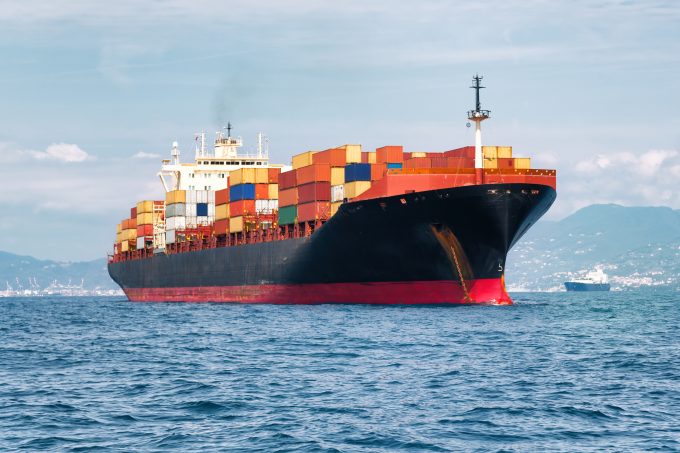New services and reinstated blanked sailings boost transpacific capacity
The Gemini Cooperation has introduced an additional transpacific service as a rush of demand and ...

European and US container ports and forwarders are scrambling to obtain revised ETAs for vessels from Asia that have been re-routed around the Cape of Good Hope.
Meanwhile, there is speculation that ships heading for North Europe may be instructed to increase ...

Comment on this article